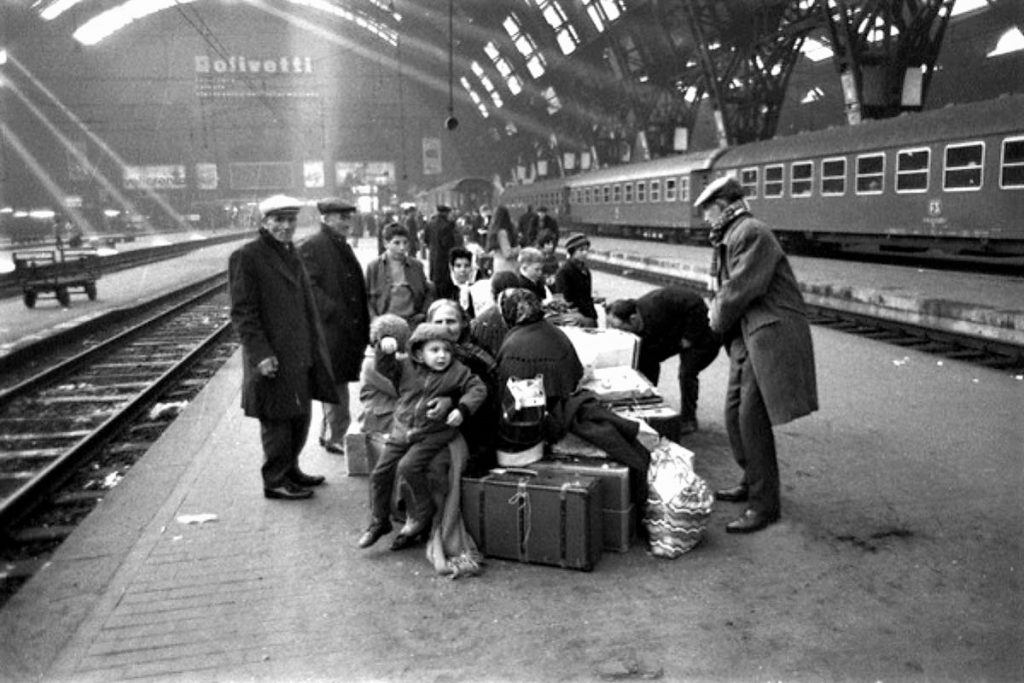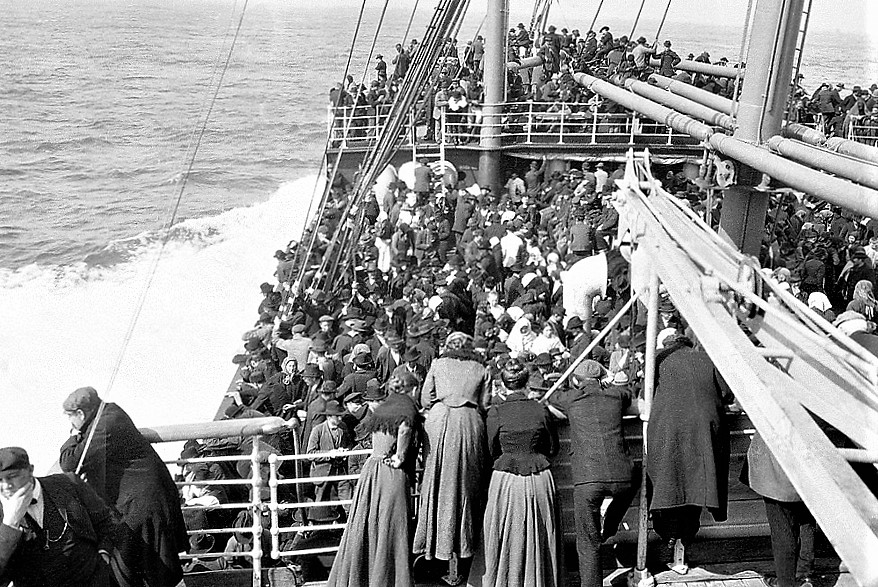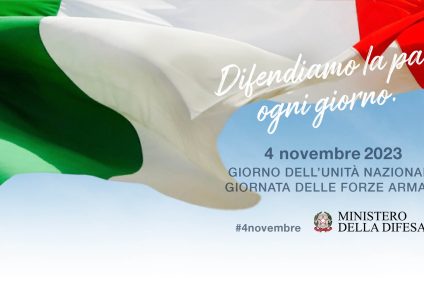Dark skin, his own house behind and an infinite expanse of water in front, treated like second-rate human beings: to many all this could refer to the figure of today's migrant, increasingly referred to as a "problem" or a "burden". However this is the description that some American journalists they made Italian which, at the turn of the nineteenth and twentieth centuries, left the boot. Although, in fact, today we discover a country very jealous of his own borders, once it was just us those to help at their home.
The Great Italian Emigration
In recent years, the problem of migration flows it seems to characterize the political and social scene. In fact, every year thousands of people flee fromAfrica and from Middle East looking for a better life. Long and exhausting journeys, in which life is often lost. A cutting-edge Europe awaits them, able to offer a lot, but still not fully capable of dealing with certain phenomena. And we Italians are at the forefront, among the first safe havens of the Old World. A country with one of the most hospitable cultures on the planet, but which in recent years seems to be affected by the presence of foreigner. In fact, phenomena of intolerance and intolerance are becoming more and more frequent, resulting (in rare cases) in real racism. And among the most popular phrases, that "Let's help them in their home ".

Until the last century, however, things were very different. On the other side of the fence we Italians were, intent on leaving our beloved land en masse. Between 1860 and 1915 we witness what is known as Great emigration. Over 9 million compatriots, from North to South, left the country, with the sole desire to be able to improve their economic and social condition. The most popular destination is the New world, from Canada to Argentina, passing through the USA.
Packed in old ships, without documents and at the limit of human conditions (a blanket and a urinal for every 100 people), they had to face a voyage of over a month. All often in the hands of real people traffickers, who profited (just like today) on people's despair.
From America to Northern Europe
But once we arrived at our destination, how were we welcomed? Certainly not in the best way. Just like today, at the time the stranger was seen as an invader. Climate fueled by a political class and a press, certainly not feel-good, rather. In 1880 an editorial of the New York Times, Unwanted emigrants, in which the Italians defined themselves "promiscuous, lazy and criminal: a dirty scum ". Same story in 1921, when in an article he complained about this invasion, asking to limit the number according to the capacity of the ships. Even derogatory and disparaging terms were coined, such as Broccoli (used to tease the Italians who distorted the word Brooklyn), Spaghettifresser (spaghetti eater) or Mozzarella nigger (mozzarella-negro, referring to the fact that Italy was seen as an extension of Africa). In 1924, then, the president of the American Museum of Natural History Osborn during a conference he exclaimed that "these immigrants are making America a landfill for undesirable beings ".

After World War II we witness the second phase of Italian migration, known as European migration. The favorite destinations were, as the name suggests, the countries of northern and central Europe: Germany, France, Holland e Belgium. They were often Italians without any specialization, employed like minatori e workers, in conditions certainly not comparable to those of today. Often crammed into small shacks, they were seen as carriers of disease and crime. The same American president Nixon, in a phone call, he said that "they are not like us, they are different and you distinguish them by smell. The problem is to find an honest one ... "

In short, certainly not an easy life for our compatriots that until the sixties of the last century decided to leave the country. According to theAIR (Register of Italians residing abroad) in the period from the Unification of Italy to 1980 were over 18 million the Italians who have decided to build a life elsewhere. And if we also count the natives, the number goes up between the 40 and the 50 million. A real second Italy distributed along the five continents and which has actually contributed to spreading our culture around the world.




